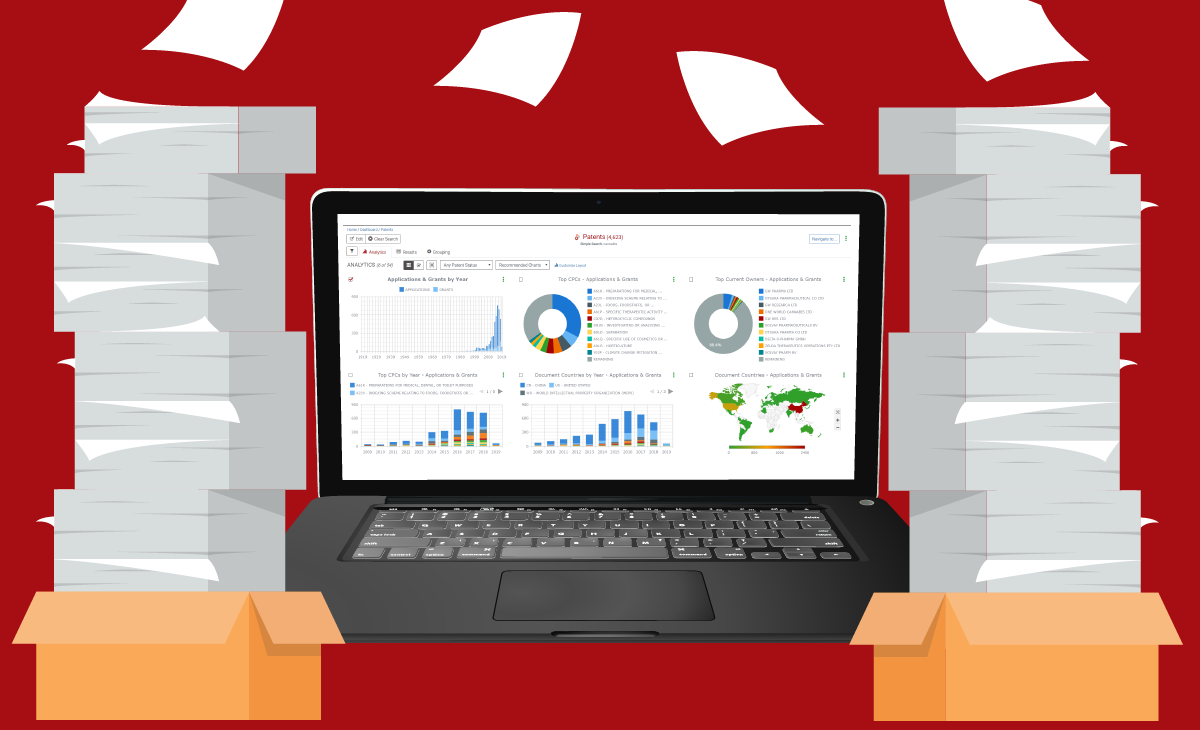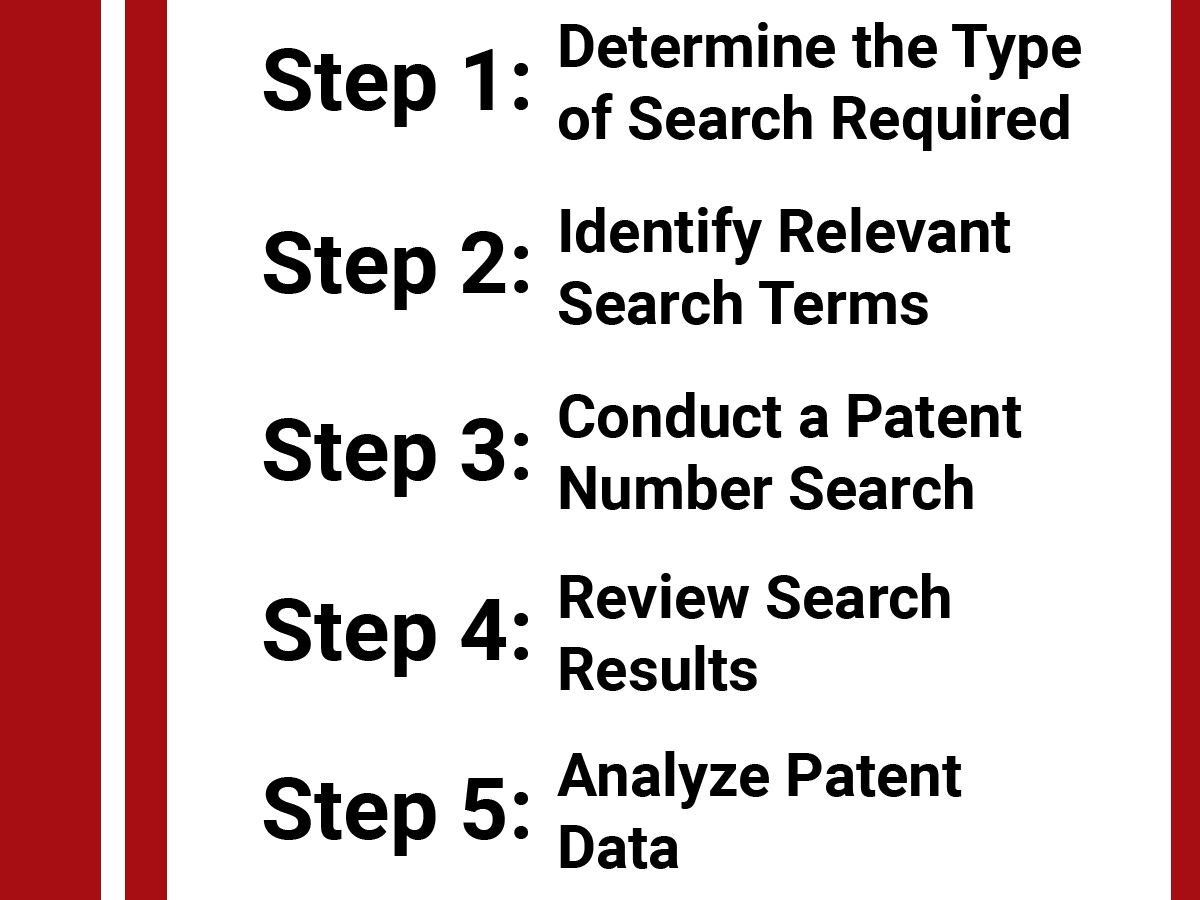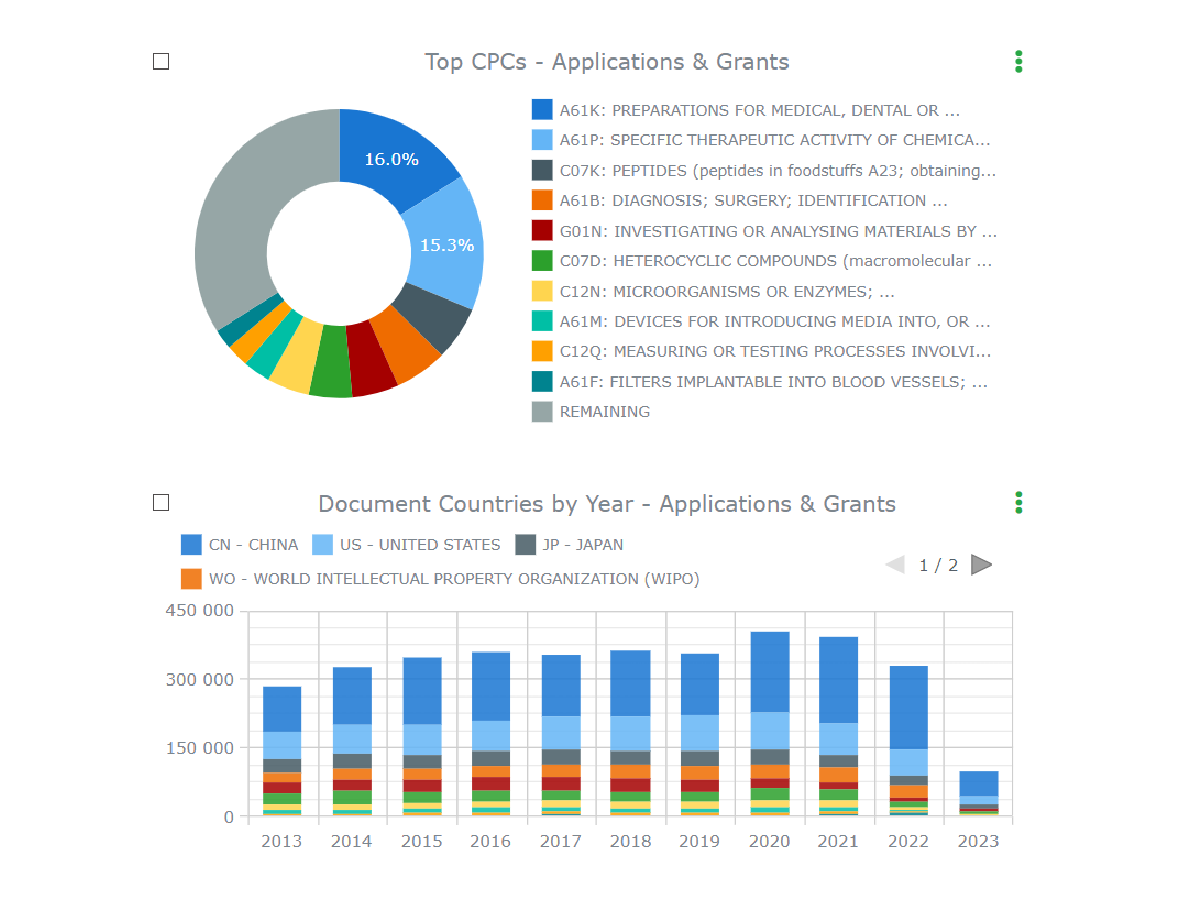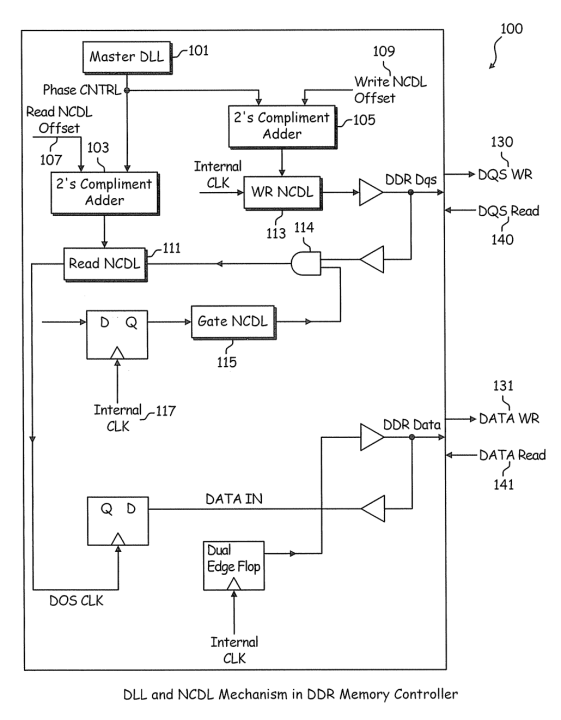US Patent searching is immensely important for a multitude of activities. The ability to search this data can be leveraged in prior art research, avoiding infringement, strategic decision-making, licensing opportunities, marketing research, and many others. Each of these provides different points of value to the end goal of any practitioner.
ktMINE is an Intellectual Property (IP) database specializing in connecting various types of data to show a more complete picture – often missed by other platforms. ktMINE offers users complete access to patents, agreements, assignments, court cases, and trademarks. These datasets have gone through meticulous integration, so users can leverage the value generated from each unique data point in conjunction with another.
The following article gives an overview of US patent searching while touching on the areas in which ktMINE is uniquely positioned to help with that process.
US Patent Search by Number: How To
Conducting a Patent Search and Analyzing Patent Data with ktMINE
The benefit of Knowing How to Do a US Patent Search by Number |
Description |
| Verify patent status | By conducting a US patent search by number, you can verify the status of a patent, including its expiration date, maintenance fees, and any related reissues or reexaminations. This can help determine whether a patent is still in force and whether it may be available for licensing or purchase. |
| Monitor competitor activity | Conducting regular US patent searches by number can help monitor the patent activity of competitors in a given industry. By reviewing new patent applications and granted patents, insights are gained into research and development strategies, as well as identifying potential areas for innovation or collaboration. |
| Identify potential infringement risks | Conducting a US patent search by number can determine whether a product or service may infringe on an existing patent. This helps to avoid costly litigation and make changes to the product or service to avoid infringement. |
| Evaluate licensing opportunities | Conducting a US patent search by number can help to evaluate potential licensing opportunities. By identifying patents that may be relevant to an industry or technology, practitioners can determine whether licensing these patents may be a viable option for a business. |
| Strengthen patent portfolio | Conducting regular US patent search by number identifies patents that may be relevant to a technology or business. This can help strengthen patent portfolios by identifying potential areas for innovation, as well as potential areas where patents may need improvement or modification. |
ktMINE contains one of the largest, most complete patent datasets, available within a comprehensive search tool that allows users to effectively navigate data and extract insights. The platform features many staples of patent searching such as the ability to search by numbers, entities, text, and classifications. ktMINE also offers additional value-added fields not typically available in other patent search tools. To perform a thorough patent search, users should follow the following steps:
Step 1: Identify the patent number you wish to find
Step 2: Select the patent dataset and select the document number
Step 3: Paste the patent number
Step 4: Click the result page you wish to review
KtMINE offers diverse patent data analysis methods:
- Analytics View: Presents over 40 charts, dissecting data to reveal crucial trends across the dataset. Users gain insights into payment averages, territorial distribution, classification breakdowns, ownership distribution, and more.
- Profiles View: Displays complete bibliographic details for each patent in search results. This aids users in scrutinizing individual patents and selecting the most relevant ones for analysis.
- Citation Tables and Search: A potent approach to pinpoint patents citing the user’s patents and those referenced in their portfolio. Unveils opportunities for enforcement, licensing, and potential threats.
- Full-Text Access: Offers a patent’s title, abstract, claims, and description. Enhanced by a term lookup function highlighting specific language locations, aiding Freedom to Operate and Prior Art searches. The Concept Chart spotlights commonly used terms, enriching language assessment, and future searches.
ktMINE offers distinct patent search advantages, including a robust search interface and user-friendly profiles. Moreover, ktMINE uniquely provides unparalleled value-additions. Extract payment insights from agreement data, trace IP transfers with assignments for trend analysis, and grasp patent landscape risks through court cases. ktMINE’s integrated data, encompassing agreements, assignments, and court cases, delivers insights often overlooked elsewhere.
US Patent Search by Number FAQs
What do the letters and numbers mean in a patent number?
Patent numbers can be split into three different components. If it begins with “US”, it indicates that the document is from the USPTO. When searching other patent jurisdictions these letters will vary depending on the country of origin. The series of numbers in the middle indicates the publication number, and lastly, the final two digits are the Kind Code for the patent – indicating the patent type or the stage of the patent.
How many data points are associated with a patent?
There are over 35 different data points associated with an individual patent. Some of the most commonly used in our search tool include abstracts, claims, descriptions, classifications, projected expiration, and citation data.
How do you look up a U.S. patent?
While accessing a platform such as ktMINE it’s as simple as clicking on the document number filter and entering the patent number.
How do you tell if a U.S. patent is still valid?
You can tell if a patent is still valid by reviewing its active vs. inactive status which is determined by the end date of the patent as well as whether or not the patent owner has maintained the patent.
Obtaining and Leveraging Patent Data for Your Search Needs
It is said that over 80% of a company’s value is tied to its IP, making patents exceptionally valuable to the business world. However, patent data is difficult to review, especially when attempting a patent public search. With several million records and over 77 different patent jurisdictions without using a commercial database, it is very easy to struggle to find relevant data. This is the advantage of having access to a commercial platform. Search tools like ktMINE are specifically designed to simplify the search process and provide analytics to see high-level trends across a difficult dataset.

Our team of experts obtains it for our users by sourcing data from patent authorities around the globe. The data is then cleaned and analyzed to be integrated into our platform for ease of searching. The patent data collected by the ktMINE team includes both Bibliographic Data which covers a patent’s classifications, dates, inventors, and applicants as well as a patent’s Full-Text Data which includes its title, abstract, claims, and description. Each piece has a different importance depending on the style of research being performed.
Overall, patent searching is extremely important for innovation and strategy decisions for businesses. However, this data is hard to navigate in the public domain and requires a level of expertise to glean the appropriate insights. Fortunately, ktMINE is here to help with our cutting-edge search tool and access to our expertly trained team of Success Specialists. Leveraging our global patent database can help users answer their most important patent questions.






